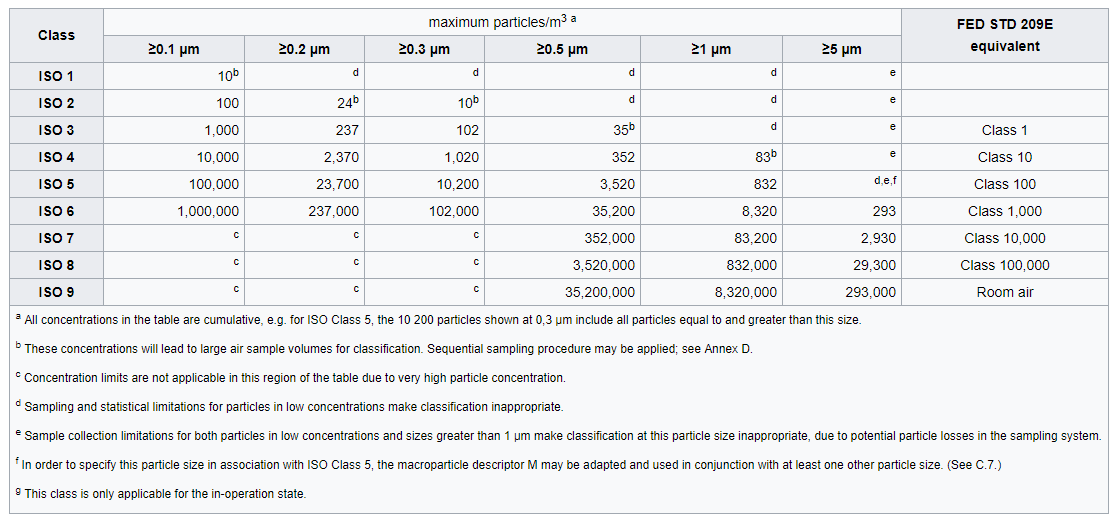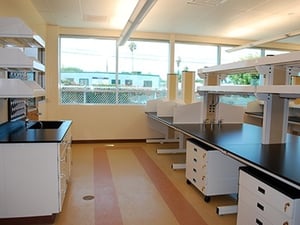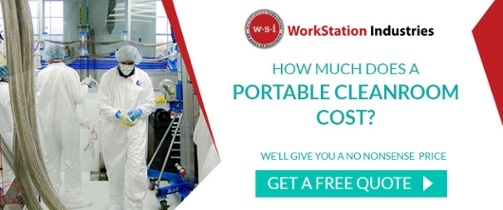The ability to customize the design of your portable clean room is essential to meet not only industry standards, but your company’s own needs as well.
Though modular clean rooms have been used in manufacturing and scientific research industries for years, they are emerging as a lower-cost alternative for businesses where controlled spaces are required, such as in the e-cigarette and urban farming industries.
Customizing these rooms allows you choose not only the level of cleanliness you need to comply with standards, but also design finishes that take into account space, budget and required particle specifications.
To help you navigate your options, we’ve outlined below some ways to customize your portable clean room to get a design you love that best meets your needs.
Know Your Industry Requirements
The most important clean room customization you’ll need to consider is its classification.
Every industry has a different set of needs and requirements, and it’s essential to know some are stricter than others.
Clean room classifications address the level of cleanliness in the air, according to the particle size and concentration found in the air. In the United States and Canada, the primary authority is the International Standards Organization (ISO) classification system, ISO 14644-1. Clean room classes included are ISO 1 through ISO 9, with ISO 1 the cleanest and ISO 9 the least clean.

The more clean a room is, the more expensive it is to create and maintain. However, if you design a room to the wrong specification, you may end up spending too much for a clean room you don’t need, or worse, pay more in the long run in product or samples you can’t use because of a contamination.
If you are unsure of your classification, The Institute of Environmental Sciences and Technology (IEST) can assist you. You’ll need to know:
- Your sources of contamination
- The size of particles you’ll need to filter out
- The amount of air you’ll need to circulate to remove the contamination
Once you are armed with this information, you can then customize the appropriate ISO class to your clean room.
Understand Your Space Needs
One of the greatest advantages of a portable clean room is that it can be reconfigured to meet your needs. They can become larger, smaller or even moved entirely to different locations within your facility.
When customizing your portable clean room, you should understand what your space needs are now, as well as what they may be in the future. This will help you decide if there’s a location that will make building onto your modular clean room, or moving it altogether, easier.
Other space considerations you should take into account when designing your portable clean room include:
- Where doors and pathways should be located to minimize airflow from worker movement
- How many access points it should have (one is optimal to reduce airflow contamination)
- Any cross-contamination risks that may occur by looking at inflow and outflow routes and containment
Choose Your Features
 Depending on your workspace requirements and functions, you may need workbenches, casework, chairs, cabinets and other pieces of furniture.
Depending on your workspace requirements and functions, you may need workbenches, casework, chairs, cabinets and other pieces of furniture.
These pieces should be chosen with special consideration, since clean room furniture is manufactured to reduce the number of particles and dust that collect on each piece. Standard office furniture won’t do if you need to maintain a certain ISO classification.
If you need a fume hood, you’ll also have to consider what type is best to add to your design. Though both ducted and ductless fume hoods have their advantages, ductless fume hoods are self-contained and work well for laboratories where mobility is necessary.
If you have storage needs, you’ll also want to evaluate what types of customizable features can be included, such as drawers, shelving and other accessories like swing arms and electrical access.
Choose Your Finishes
The finishes on the above features play a significant role in the cleanliness of your clean room as well. If your clean room will include the handling of chemicals and other abrasive materials, any pieces of furniture that you choose to customize your clean room with should feature the appropriate finishes to maintain ISO compliance.
For example, clean room workbenches can feature a variety of surfaces. High Pressure Laminate are functional and durable, and very affordable. However, ESD Laminate may be required if your application is sensitive to static and needs protection. If high heat and open flames are used, Stainless Steel might be the better option.
You can read more about the pros and cons of these countertop finishes in our article, How To Customize An Industrial Workbench With Storage.
Other finishes you may need to consider include the:
- Paint color on your casework
- Material on your lab chairs
- Finish and design of your sinks and faucets
Work With An Expert
How can you be sure the clean room you are constructing is appropriate for your processes?
Working with a clean room manufacturer will help you assess how to implement required standards for your operation, as well as will go over any options you have that meet your particular budget.
A high-quality manufacturer also will look at several different factors to ensure your clean room operates at maximum efficiency. These include:
- Whether there are any obstacles or columns where you wish to place your clean room
- The height of the space
- The material of the existing floor and whether the floor is leveled
- Current power sources and whether additional outlets will be needed
- The accessibility of the space and how future growth of your company may impact it
- Temperatures in the space and whether modifications are needed (such as heating in the winter or cooling in the summer)
- Whether plumbing is already available or needs to be added
- What lighting system is in place
Working with a clean room expert will ensure you customize a great option that will benefit your production and minimize hassles that often come with implementing industrial standards.


